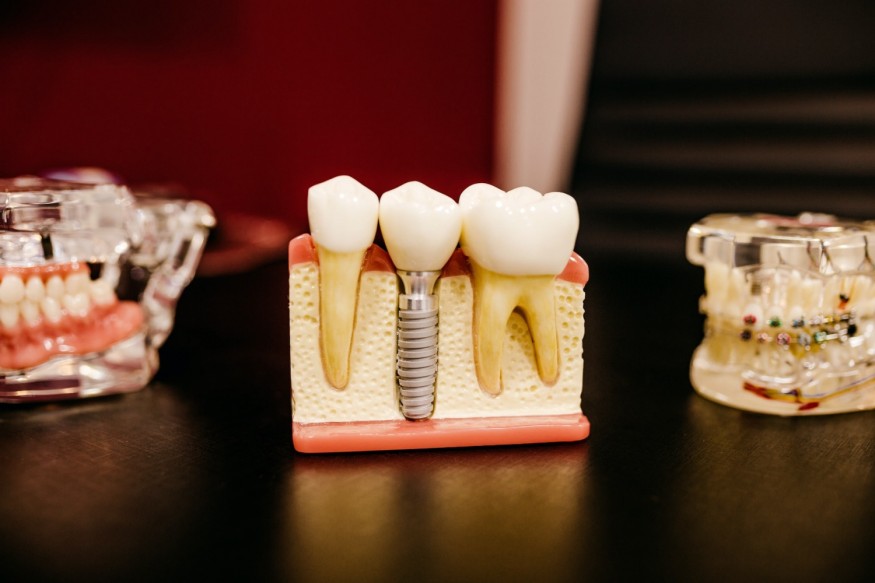
Dentistry has evolved from basic tooth extraction to highly complex science and medicine. Technology, dental materials, and oral anatomy and physiology have influenced the scientific underpinning of dentistry.
In our talks with local Rockville Centre dentist Dr. Arnold Funk, we realized that today's dental practitioners have more information and instruments to accurately detect and treat dental issues. New technology, materials, and processes constantly evolve the scientific underpinning for dentistry.
This article covers the evolution of dentistry because understanding this evolution helps us grasp dentistry's major advances and the continual search for knowledge and innovation that drives the discipline forward.
Historical development of dentistry
Ancient Egyptians, Greeks, and Romans performed tooth extraction and cleaning. Ancient Egyptians used eggshell and ox hoof tooth powders and gold wire to fix loose teeth. History shows that Aristotle discussed tooth eruption patterns in dentistry.
Barbers performed teeth extraction and bloodletting in the Medieval Ages and in 1723, French physician Pierre Fauchard published a dental treatise, establishing dentistry as a profession. The first complete dentistry book covers tooth extraction, filling cavities, and orthodontics.
X-rays and fluoride were introduced to prevent and cure tooth decay in the 20th century and dental implants replaced lost teeth without dentures or bridges.
New developments in technology and materials, like digital imaging and 3D printing, continue to push dentistry forward in the modern day. Dentists today have many methods to prevent and cure dental issues, making it an important part of general health.
Anatomy and physiology of the oral cavity
Chewing, swallowing, and speaking all rely on the oral cavity, often known as the mouth, which is located at the top of the digestive system. Saliva helps with digestion and protects oral tissues from infection from inside, and it is produced by the mucous membranes that border the mouth cavity.
In addition to teeth and gums, the oral cavity also includes the tongue, cheeks, and lips. The teeth are rigid, calcified structures set into the jawbone that are utilized for biting and chewing. Without the proper information on the oral cavity, it would have been impossible to effectively treat dental problems throughout the years.
Microbiology and immunology of oral diseases
There is a diverse community of bacteria, viruses, and fungus in your mouth. Although some of these bacteria are essential to good oral hygiene, others may lead to issues like tooth decay, gum disease, and thrush.
Specifically, the acid generated by bacteria like Streptococcus mutans is the main culprit in the development of dental caries, often known as cavities. As these bacteria digest the carbs and sugars in food, they produce acid that may eat away at tooth enamel and dentin. Cavities, if addressed, may lead to more serious dental issues including abscesses.
Dental health professionals cannot effectively diagnose and treat patients without first mastering the microbiology and immunology of oral disorders. This information is used by dentists to create more efficient preventative and curative measures for their patients' oral health.
Dental materials and their properties
Restorative dentistry, orthodontics, and prosthodontics all make use of dental materials. Materials used here need to be sturdy enough to survive the pressures exerted when chewing and talking, as well as the severe conditions of the mouth cavity.
Composite resin, for example, is widely utilized in restorative dentistry. Composite resin is a tooth-colored substance used to treat cavities, fix chips and cracks, and enhance the aesthetics of teeth. For its strength and longevity, composite resin relies on a combination of resin and filler particles. Composite resin's performance as a restorative material relies heavily on its qualities, particularly its hardness, wear resistance, and ability to attach to tooth structure.
Professional dentists need to know about the many types of dental materials and their qualities so they can choose the ideal ones for each patient and operation.
Dental radiology and imaging
There is no denying the importance of dental radiography and imaging in the diagnosis and planning of dental care. Dental hygienists and specialists may identify dental issues that aren't obvious to the human eye thanks to X-rays and other imaging technologies that enable them to view within the mouth and jaw.
Digital radiography, which use X-rays to provide high-quality pictures of the teeth, gums, and jawbone, is now the most widely utilized imaging technique in dentistry. Lower radiation exposure, quicker processing times, and the ability to enhance and modify pictures for better diagnosis and treatment planning are just a few of the benefits of digital radiography compared to conventional film-based X-rays.
Generally speaking, dental radiography and imaging are crucial parts of contemporary dentistry because they help dentists make accurate diagnoses and plan efficient treatments.
Final Words
There have been several important developments in dentistry thanks to the growth of the scientific foundation for the subject. Dentists have put in countless hours studying everything from the earliest days of the profession to the current day in order to learn more about the microbiology and immunology of oral disorders, as well as the qualities of dental materials used in a wide variety of dental operations.
There have been many advances in dental health care due to the ever-evolving scientific foundation of dentistry. Dental practitioners may guarantee the highest quality of treatment for their patients and push dentistry forward by building on the discoveries and techniques of the past.
© 2025 ScienceTimes.com All rights reserved. Do not reproduce without permission. The window to the world of Science Times.











